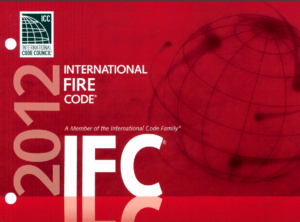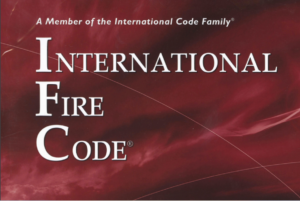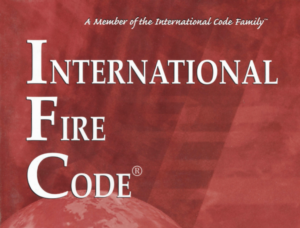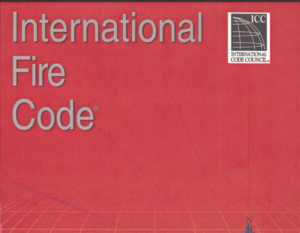The 2002 edition of NFPA 17 outlines standards for dry chemical extinguishing systems, detailing minimum requirements for the design, installation, and operation of these systems. These systems are designed to dispense dry chemical agents through fixed nozzles or hand hose lines powered by expellant gas, aimed at suppressing fires effectively. This standard is crucial for those responsible for the purchase, design, installation, testing, and maintenance of such fire-extinguishing systems, ensuring they perform reliably throughout their service life.
The development of NFPA 17 began in 1952, with the first system tested and listed by 1954. The first official standard was approved by the National Fire Protection Association in 1957, with subsequent revisions in the following decades to enhance clarity, adapt to technological advancements, and refine system requirements. The 2002 edition specifically includes an editorial reorganization for better alignment with the NFPA Manual of Style, simplifies criteria for common ducts, and incorporates specific references for the listing of pre-engineered systems.
This standard plays a pivotal role in ensuring that dry chemical extinguishing systems are both effective in fire suppression and adhere to safety regulations. It provides a comprehensive framework that covers everything from system components and hardware to detailed operational guidelines. This ensures that installations are robust, operators are well-informed, and systems are maintained to function effectively in emergency situations, thereby safeguarding lives and property from fire hazards.






